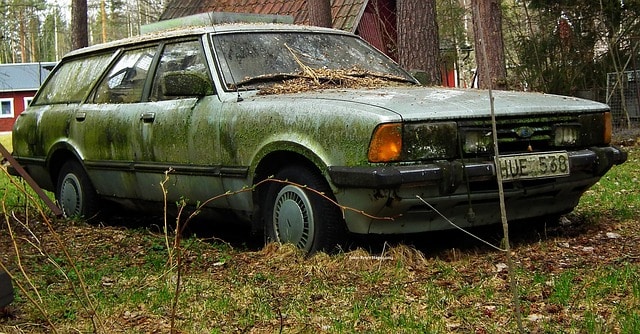
Before going to a party many decide to go to the hairdresser
A grotesque is a ridiculous or extravagant individual , object or event. What is mentioned in this way is caricatured due to its grotesque characteristics .
Some examples
Let's look at the term in a few sentences to take a look at its meaning in different situations: “I wanted to make a strawberry and chocolate cake but it turned out to be a monstrosity” , “My first car was a monstrosity that I bought from a cousin of my mother” , “I'm not going to go to the party looking like a monstrosity, I'm going to have to make an appointment at the hairdresser's” .
In the three examples just given we can see that the term esperpento always refers to a disappointing or frustrating appearance for the person wearing it or for the owner of the object that is described in this way. It is important to understand this nuance, since it is not about the way in which someone or something looks by nature, but the result of an error or lack of care.
Let's start with the cake's sentence: the person who made it intended to make it well, to make it look delicious and tempting, but for various reasons, the result was unfavorable . When he describes it as "a monstrosity" he shows his dissatisfaction, because he had put effort and energy into the process.
Something similar can be seen in the second example. The sender bought a car with typical first-time excitement; he may not have been aware at the time of how bad it looked or had technical problems, but in retrospect he recognises that it was not a great product. Finally, the woman who decides to go to the hairdresser to get an attractive hairstyle understands that otherwise her appearance would not be very attractive and would negatively affect her experience at the party.
Literary grotesque
In the context of literature , esperpento is a concept popularized by the Spaniard Ramón María del Valle-Inclán in the 1920s that alludes to a deformation of reality to accentuate its absurd, exaggerated or bizarre properties .
Although the origin of the term is older, it was Del Valle-Inclán who coined it to refer to a particular type of literary work. In the esperpentos, colloquial language is used that includes expressions typical of slang.
“Luces de bohemia” is considered to be the pioneering work of this author in relation to grotesque works. It was published in weekly installments between July and October 1920 and then had an edition that allowed it to reach its definitive version in 1924 .
The characters in these novels and plays are objectified and degraded : beggars, drunks and prostitutes abound, to name a few possibilities, portrayed as beings lacking will. Reality merges with a nightmarish environment and there is widespread use of cynicism and mockery. It can be said that the grotesque, in short, is a way of looking at the world .

As much as we want it, the first car is usually a monstrosity
Characteristics of the genre
Going deeper into the theatrical genre that bears this name, we can say that it is especially characterized by the following three features: the form of expression is grotesque; the reality it presents is systematically deformed; its essential character is death.
Regarding the first point we can add that: the characters are presented as degraded and objectified, with a value that does not exceed that of simple dolls; animal and human forms merge; colloquial language is used; contrast predominates, to the point of excess; the dream world and the real world are mixed; the outside scene is distorted.
Reality is distorted, making it look like a caricature, and is laughed at. A moral lesson composed of satire and criticism is presented, with a level of depth that cannot be appreciated with the naked eye.
